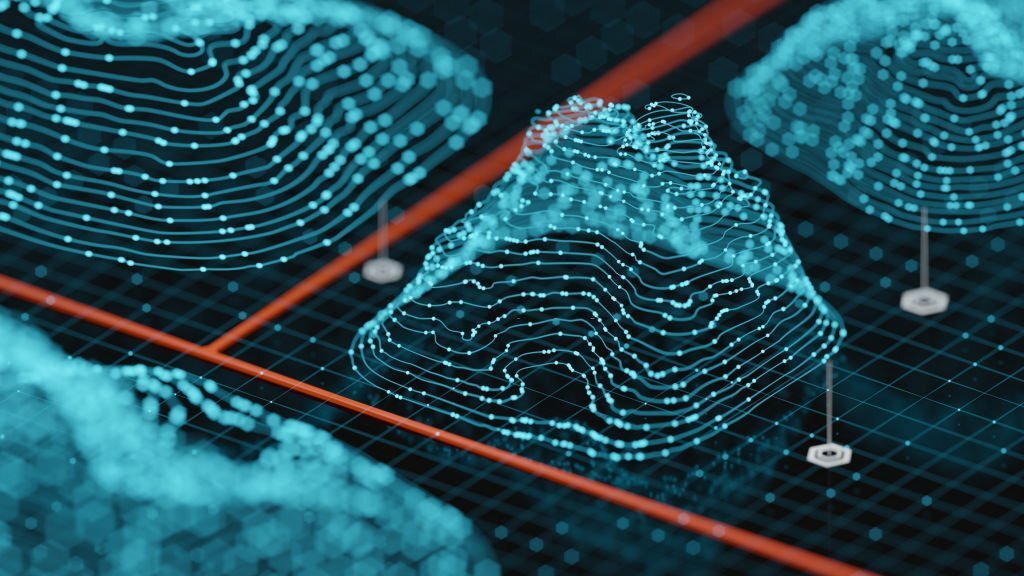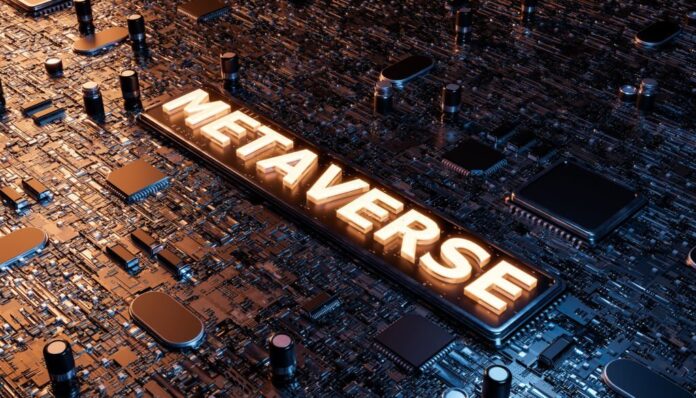The Metaverse is an immersive virtual space that has been created using the latest developments in technology. Some of its first use cases exist in gaming and have since become a staple of modern-day entertainment.
But the Real-Life Use Cases Of The Metaverse has been quickly expanding into a massive global economy and pathway to new business opportunities and innovations that are expected to unfold over time exponentially. The best part about this technology is that it is here now and ready for you to use!
It is a term being used by many technologists to describe a virtual space that you can visit using your VR headset or access through your phone or tablet. As a result, you can do everything from playing games and shopping online to even visiting social gatherings with your friends. But the Metaverse goes beyond these use cases.

It is an immersive virtual space that anyone can create in their way – whether they want their own space like their own home or office, or they want to build something for everyone.
What are the uses of Metaverse?
If it is difficult to explain what the Metaverse is, it is even more challenging to say what it can be used for Many organizations use the term loosely when referring to a virtual environment where people can interact in 3D.
It’s probably because it holds a lot of potentials, but at the same time, most people don’t know how they can use it in their daily lives, and they might not even have a clear idea of why they would like to spend time in such an environment.
That is why we should look at some real-life use cases of the Metaverse and how it can directly impact our lives.
The following are just a few applications developed worldwide that show us how could use metaverse in our daily lives.
1. In Education: instead of using books as textbooks and PowerPoint presentations, students would sit in a virtual classroom where they could see their teacher and fellow students simultaneously. In addition, teachers can share 3D objects with their students without sending the files via email or over the internet.
2. In Business: instead of travelling from one place to another, whether to attend meetings or training, people could use their tablet or smartphone to see their colleagues and work on the same document simultaneously. They could even hold a video conference with them and share different files.
3. In Health: preventing accidents or saving lives is made quite simple if people use their smartphones while driving. While they are going and have headphones on, they can listen to music or talk on the phone without worrying about distracting them from the road.
In addition, recording videos of accidents and accidents in progress can help authorities identify causes and solutions, saving lives in the future.
4. In Humanitarian, humanitarian organizations can use VR headsets to help people in remote regions without internet access during natural disasters and wars. They can use them to give them a sense of their country or city, show them their homes look like, or even provide them with directions.
5. In Tourism: people can visit a historical place, like a castle or the New York Stock Exchange (NYSE), for free if they have enough money to buy a virtual ticket. They will explore the building in 3D and see how it looked millions of years ago when dinosaurs roamed the earth.
Blockchain Metaverse Projects
Blockchain enthusiasts have been talking about their visions of what the blockchain metaverse projects will be in the recent past. The common thread that put them all together is that they are looking to create a virtual world where people can interact and collaborate using decentralized networks.
Although these generally focus on using blockchain to build a Metaverse, they share some standard features that make them similar. In particular:
1. There is no central point of control. People are free from being controlled by corporations and governments and can focus only on building their virtual worlds as they wish.
2. There is no need for money as blockchain is purely a platform for organizing processes and creating value. The Metaverse should be a space where people can do everything from playing games to buying and selling goods, receiving Education, healthcare and building new ideas.
3. A completely decentralized network is vulnerable to attacks, especially if anonymous participants. Therefore, participants in blockchain networks need to establish their identities by using an identity management system. In other words, the Metaverse will require an integrated digital identity network to create trust between participants.
4. While we have seen many claims that the Metaverse will be free from taxes, it is not entirely clear how this could work. Even if you move your money off a centralized database, there would still be infrastructure costs associated with maintaining your virtual world.
1- Decentraland:- Decentraland is a 3D virtual world built on a blockchain. It allows users to buy land and create content. Decentraland is based on the Ethereum platform, and its token LAND was created using a token crowd sale as described in the ERC20 standard.

2 -The Sandbox:- The Sandbox is building the first fully immersive VR experience using blockchain technology. Users will be able to purchase and own land and create custom environments. Users can also participate in community-driven projects and share the platform’s success with an initial coin offering (ICO).

3- Star Atlas:- Star Atlas is a decentralized virtual world that allows users to view celestial bodies and planets. It’s also a marketplace that allows users to sell items and services. The project is built on the Ethereum platform. Star Atlas functions only with its token – SAT, used for all transactions.
4- Bloktopia:- Bloktopia is a virtual world built on blockchain. It is similar to Second Life in that users can create objects avatars and host virtual events. Bloktopia is also building a marketplace where users can buy and sell digital items using its token – BKT.
5- Axie Infinity:- Axie Infinity is a virtual world where users can create and battle block-like creatures called Axis. The animals are similar to Pokémon in that they can be trained and traded with other players. Axie Infinity also has a marketplace where players can buy and sell digital items using its token – AXI.
How Can NFTs Be Used In The Metaverse?
NFT stands for the non-fungible token, which means that each token is unique and cannot be substituted for any other NFT. The individual use case for NFTs is their ability to represent ownership of a digital asset, like an authentic virtual character in a video game or a specific painting. However, we can also use NFTs to describe other assets, like cars, houses or gold bars.
The Metaverse should have a unified currency to purchase land or purchase items and services from virtual stores. For example, users will go into a store and buy furniture with their Metaverse cryptocurrency and then place these items in their homes.

To use NFTs in the Metaverse, they will also need to verify their ownership and transfer it to another user. This can be done in many ways, depending on how the NFT implementation is designed. For example, a game developer could use a specific blockchain or centralized service such as PayPal for this verification process.
In addition, some NFT implementations might require the passage of time before ownership can be fully transferred from one owner to another. This means that if someone else sends tokens from an account inactive for a few years, the transaction will not occur until the time has passed.
The Pros of Metaverse
1) Blockchain is a fantastic technology that can create an online world that provides real value and benefits to a broader audience.
2) Massive cost reduction and efficiency gains compared to centralized solutions.
3) Smart contracts mean fewer errors in contracts, reducing the risk of fraud.
4) Incentive systems that encourage user participation, allowing everyone to benefit from the success of the Metaverse.
5) Decentralized project funding model means that no single company or individual can stop Metaverse’s development.
6) Greater security given by decentralization and blockchain distributes control to users rather than a single company or government agency.
The Cons of Metaverse:-
1) Decentralized systems are less secure than centralized ones, and there is always the risk that a government or hacker would take control of the system.
2) Using virtual property in a virtual world could have tax implications depending on how the Metaverse is regulated.
3) The conversion from crypto to fiat currency will have to be made in Metaverse at some point. For example, there will likely be a point where users want to sell their virtual land but decide not to put it up for sale and pay rent instead. Users will need to convert their assets back into fiat currency and then transfer it over to the buyer for this transaction to occur.

